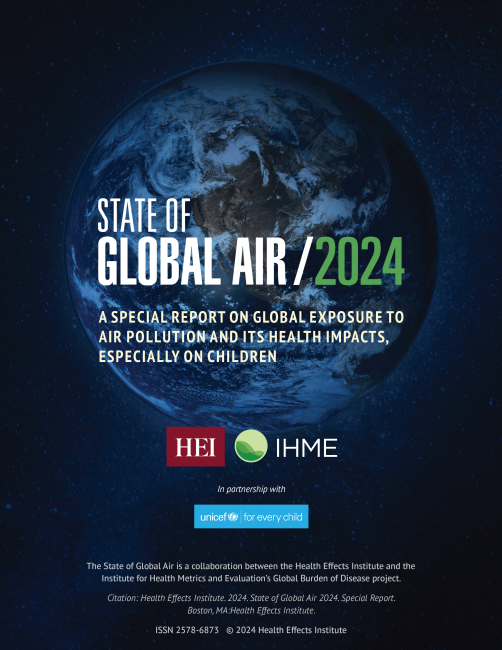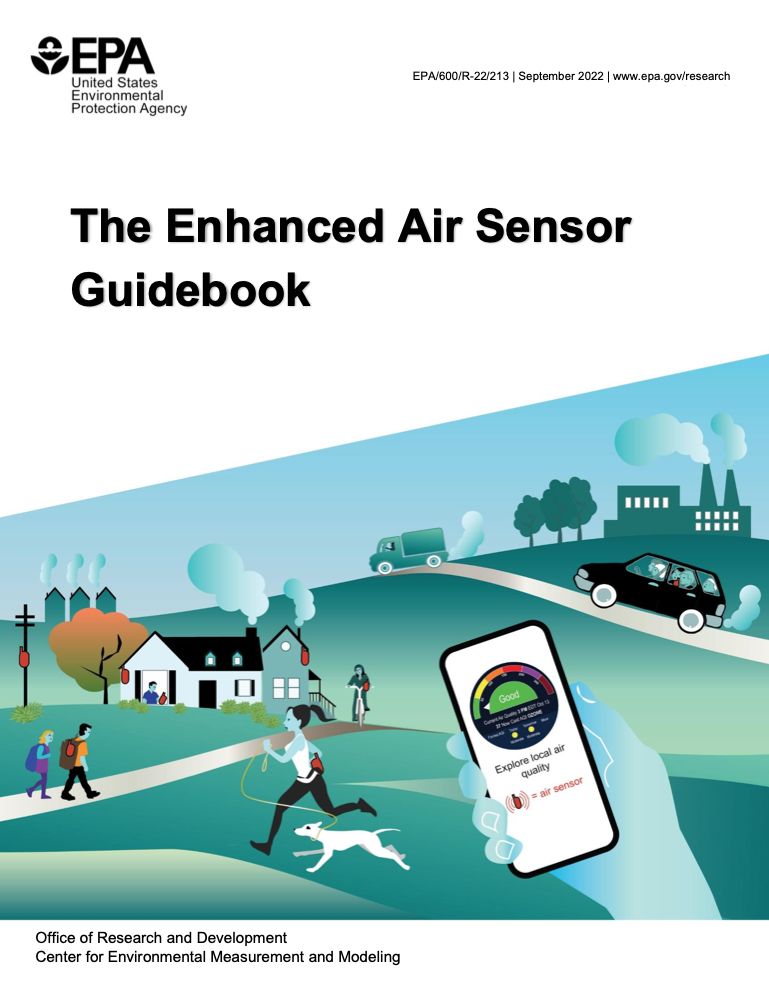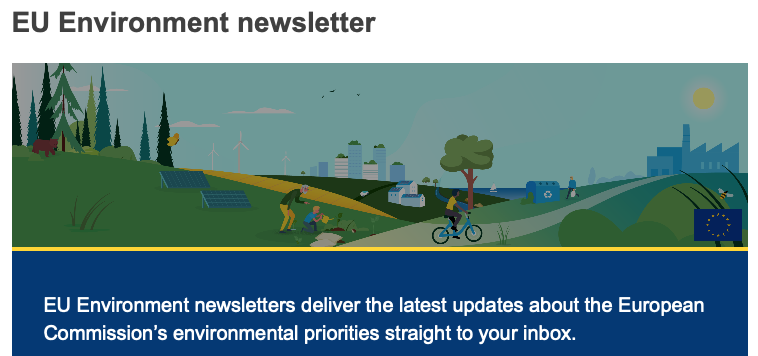Air pollution now ranks as the second leading risk factor for death, accounting for 8.1 million deaths globally according to HEI’s new State of Global Air 2024 Report. The new report provides a comprehensive analysis of data for air quality and health impacts for countries around the world in 2021. Of the total deaths, noncommunicable diseases account for up to 90% of the disease burden from air pollution, including heart disease, stroke, diabetes, lung cancer, and chronic obstructive pulmonary disease (COPD).
Nearly every person on earth breathes unhealthy levels of air pollution every day, with far-reaching health implications, according to the report. For the first time, this year’s report includes exposure levels and related health effects of nitrogen dioxide (NO2). Traffic exhaust is a major source of NO2, which means densely populated urban areas, particularly in high-income countries, often see the highest levels of NO2exposures and health impacts.
In 2021, long-term exposure to ozone contributed to an estimated 489,000 deaths globally, including 14,000 ozone-related COPD deaths in the United States, higher than other high-income countries. As the world continues to warm from the effects of climate change, areas with high levels of NO2 can expect to see higher levels of ozone, bringing even greater health effects.
Newborns and children under five years old are especially susceptible, with health effects that include premature birth, low birth weight, delayed brain development, asthma, lung diseases, and childhood cancers. In 2021, exposure to air pollution was linked to more than 700,000 deaths in children under five years; 500,000 of these deaths were linked to household air pollution, primarily in South Asia and Africa.
Key findings in the report include:
- Air pollution is now the #2 risk factor for death globally, resulting in 8.1 million deaths in 2021.
- Air pollution is now #2 in global risk factor for death for children under 5 years old, following malnutrition, accounting for 709,000 deaths worldwide.
- As many as 70% of these deaths to children under five years old come from exposure to household air pollution in Africa and Asia, typically from burning solid fuels for cooking.
- Good news: Since 2000, there has been a 36% drop in household air pollution deaths globally.



